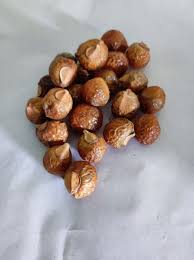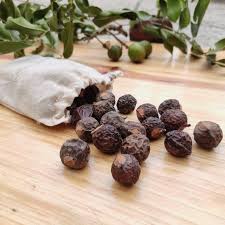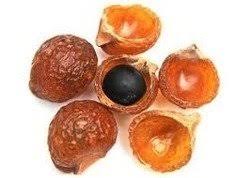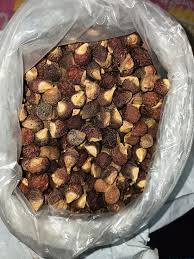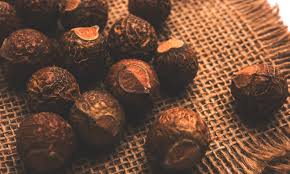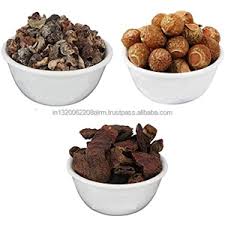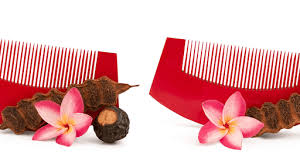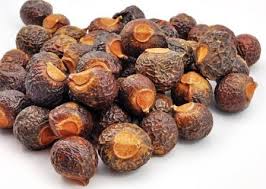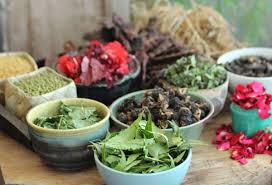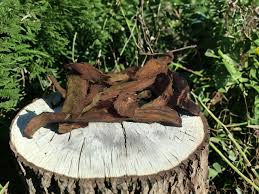How to Store Amla Properly to Retain Nutrients
Amla, or Indian Gooseberry, is widely celebrated in Ayurveda and natural health circles for its extraordinary health benefits. From improving immunity and digestion to enhancing skin glow and hair strength, Amla is a true superfruit. However, these benefits are only retained when the fruit is handled and stored correctly. Amla is rich in vitamin C, polyphenols, and antioxidants—all of which are sensitive to heat, light, and moisture.
Improper storage can cause Amla to lose its medicinal value and even spoil quickly. So, how can we store Amla properly to retain its nutrients? Whether fresh, powdered, juiced, or preserved, each form of Amla demands specific techniques to maintain its efficacy.
This guide explores effective storage methods for Amla, traditional Ayurvedic practices, modern preservation techniques, and tips to extend shelf life without compromising nutritional quality.
Long Description
- Why Proper Storage of Amla is Important
The nutritional power of Amla lies in its:
High Vitamin C content (20x more than oranges)
Potent antioxidants like gallic acid and ellagic acid
Polyphenols and flavonoids for cellular repair
Natural fiber for digestion
Essential minerals such as iron and calcium
These nutrients are highly sensitive to environmental factors like heat, sunlight, air, and moisture. Incorrect storage leads to:
Loss of vitamin C through oxidation
Microbial spoilage
Fungal or bacterial growth
Unpleasant odor or texture changes
Reduction in medicinal value
To reap full health benefits, it’s crucial to adopt the right storage practices based on Amla’s form.
- Storing Fresh Amla: Best Practices
A. In the Refrigerator (Short-Term Storage)
How: Store whole, uncut Amla in a perforated plastic or paper bag inside the vegetable drawer.
Duration: Up to 2 weeks
Tip: Avoid washing before storing; moisture encourages mold. Wash only before use.
B. Freezing Amla (Long-Term Storage)
How: Wash, dry, and slice Amla. Remove seeds. Place slices in an airtight zip-lock bag or freezer-safe container.
Duration: Up to 6 months
Nutrient Retention: Freezing locks in nutrients better than refrigeration if done promptly.
C. Drying Amla Naturally
How: Slice thin and sun-dry for 3–4 days until fully dehydrated. Store in glass jars with desiccant.
Duration: 6–12 months
Ayurvedic Note: Sun-drying retains pranic energy and is ideal for making Amla powder later.
- Making and Storing Amla Juice
Amla juice is highly perishable and requires specific methods:
A. Fresh Amla Juice
How: Juice freshly grated Amla. Consume immediately for maximum benefits.
Duration: Up to 24 hours in the fridge in a sealed glass bottle
Tip: Add lemon juice to extend shelf life slightly.
B. Preserved Amla Juice
How: Pasteurize or add natural preservatives like honey or tulsi.
Storage: Keep in sterilized glass bottles in the fridge.
Duration: Up to 3 weeks
Note: Avoid plastic bottles, which may leach chemicals into the juice.
- Storing Amla Powder
Amla powder is convenient and long-lasting—but only if stored properly.
A. In Airtight Glass Containers
How: Keep in a cool, dark, and dry place away from sunlight.
Tip: Avoid exposure to air as it causes vitamin C degradation.
B. Use of Desiccants
Place a food-safe silica gel or dry neem leaves inside the container to absorb moisture.
C. Don’ts
Never store near gas stoves or heat sources.
Avoid using wet spoons or fingers inside the container.
Duration:
Commercial Amla Powder: 6–12 months unopened
Homemade Amla Powder: 3–6 months
- Preserving Amla as Murabba or Pickle
Amla Murabba (sweet preserve) and Amla Pickle (sour/spicy) are traditional ways to preserve Amla’s nutrients for extended periods.
A. Amla Murabba
Method: Cook Amla with jaggery or sugar syrup. Store in sterilized glass jars.
Shelf Life: 6–12 months in cool, dry places
Tip: Always use clean, dry spoons to avoid spoilage.
B. Amla Pickle
Method: Amla is combined with mustard oil, salt, and spices. Store in airtight containers.
Shelf Life: 6 months to 1 year
Tip: Ensure the pickle is always covered with oil to avoid fungal growth.
These traditional recipes preserve both taste and nutritional value, especially when made without synthetic additives.
- Vacuum-Sealing for Extended Preservation
For serious storage needs, vacuum sealing is highly effective:
Suitable For: Dried Amla slices, powder, or frozen Amla
Benefit: Removes air, minimizing oxidation and mold growth
Shelf Life: Up to 2 years with consistent temperature control
Vacuum sealing is ideal for bulk storage, especially if you prepare seasonal Amla for year-round use.
- Storing Amla Supplements (Capsules/Tablets)
If you’re using Amla in capsule or tablet form:
Keep in original, sealed containers
Store in cool, dry, and dark conditions
Avoid exposure to sunlight or humid bathrooms
Shelf Life: Usually 18–24 months, as indicated by the manufacturer
Check expiry dates and always opt for reputable, organic brands to avoid synthetic fillers.
- Ayurvedic Tips for Preserving Amla Energetically
From an Ayurvedic perspective, how and where you store herbs also affects their subtle energy (prana):
Use earthen, glass, or copper containers over plastic
Avoid storing near electronics or magnetic fields
Keep in Sattvic (clean and calm) environments
Recite mantras or blessings while preparing or preserving Amla to retain its healing energy
These traditional practices enhance the spiritual and energetic potency of Amla in your wellness regimen.
- Common Mistakes to Avoid in Amla Storage
Storing wet or damp Amla can lead to mold
Exposing powder or dried slices to air, light, or heat degrades vitamin C
Using plastic containers may leach toxins into the product
Leaving open containers in the kitchen attracts moisture and pests
Buying Amla products in bulk without proper storage leads to nutrient loss over time
Avoiding these errors ensures you get the full benefit of Amla’s healing properties.
- Choosing the Right Storage Method Based on Usage
Amla Form Storage Method Ideal Use Duration
Fresh Amla Refrigerated or Frozen 1–2 weeks (fresh), 6 months (frozen)
Amla Juice Glass bottle in fridge 1–3 days (fresh), up to 3 weeks (preserved)
Amla Powder Airtight glass container 6–12 months
Dried Amla Sun-dried + stored airtight Up to 1 year
Murabba / Pickle Traditional glass jars 6–12 months
Capsules / Tablets Original sealed bottle 18–24 months
Conclusion
Amla is a treasure trove of health, but only when it is stored with care and intention. Whether you’re using it fresh, powdered, juiced, or preserved, correct storage methods are essential to retain Amla’s vital nutrients, especially its precious vitamin C and antioxidants.
From refrigeration and freezing to sun-drying and preserving in traditional Ayurvedic forms, you now have a range of reliable techniques to ensure your Amla stays potent and pure. Choose the method that suits your lifestyle and health goals, and make this sacred fruit a permanent part of your natural wellness journey.


